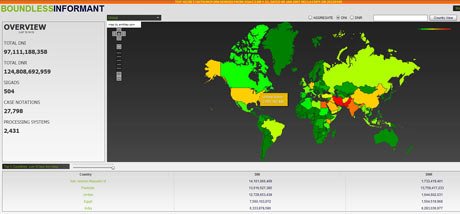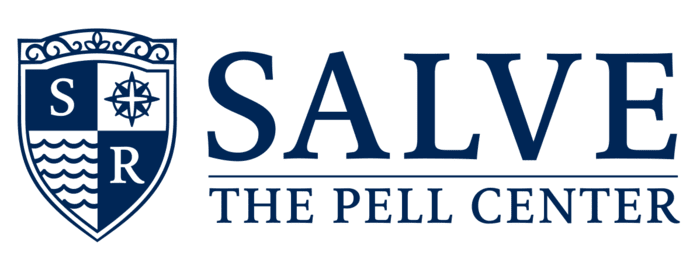Big Brother is Watching
Even though PRISM is now out in the open, there are still many more surveillance programs collecting private information and communications without the owner’s knowledge or permission. Over the past few weeks many of these programs have also come under a new light following Snowden’s big reveal. Here are a few government programs like PRISM that we should be aware of.
PRISM – Allows government analysts to legally access data from 9 major Internet companies, including Google, Facebook, Microsoft, Yahoo, AOL and Apple. This data includes, but is not limited to: email, chat, videos, photos, file transfers, notifications (login, etc), and social networking details.
- Learn more here.

Source: Washington Post
Upstream – First revealed on one of the leaked NSA slides that also included PRISM, Upstream refers to a broad surveillance of fiber-optic cables. These networks criss-cross the globe and are the highways of the World Wide Web. They transmit all online data from telecommunication systems, including data from internet connected phones, through light pulses and electrical signals.
The United States and their allies are capable of monitoring Internet activity at various ‘gateways’ spread out across the cables, collecting data as it passes through them. This is different from the ‘downstream’ model of PRISM, which gathers data from specific technology companies (i.e. Google, etc).
- For more information start here.
Tempora – Britain’s Government Communications Headquarters (GCHQ) undersea surveillance program has made them an intelligence superpower. The 18 month old Tempora taps the fiber optic cables traversing the oceans surrounding Europe and the Americas. These cables carry roughly 99% of all international communications – including email, telephone calls, browser history, and social media sites.
Like NSA’s Upstream, GCHQ taps into these cables at certain checkpoints. What makes Tempora standout is the innovation that allows data collectors to store massive amounts of fiber optic data for up to 30 days, allowing a formidable amount of time for the data to be analyzed and shared. GCHQ is known to share this data with the NSA.
- Learn more about Tempora and its reach here.
- Take a look at an image of all of the under-sea fiber optic cables.
Boundless Informant –

Source: The Guardian
This technology is a tool of the NSA’s that tracks and analyzes where they are receiving their metadata from. It counts, categorizes, maps, and analyzes the billions of piece of information flowing into the NSA from all over the globe. Once organized, an analyst could select any country on a map and see the intelligence collection as well as select details about that country and the information collected there. According to documents unearthed by The Guardian, Boundless Informant can pinpoint the metadata down to specific IP addresses.
- Read more about The Guardian’s findings about Boundless informant and the U.S.’ response
